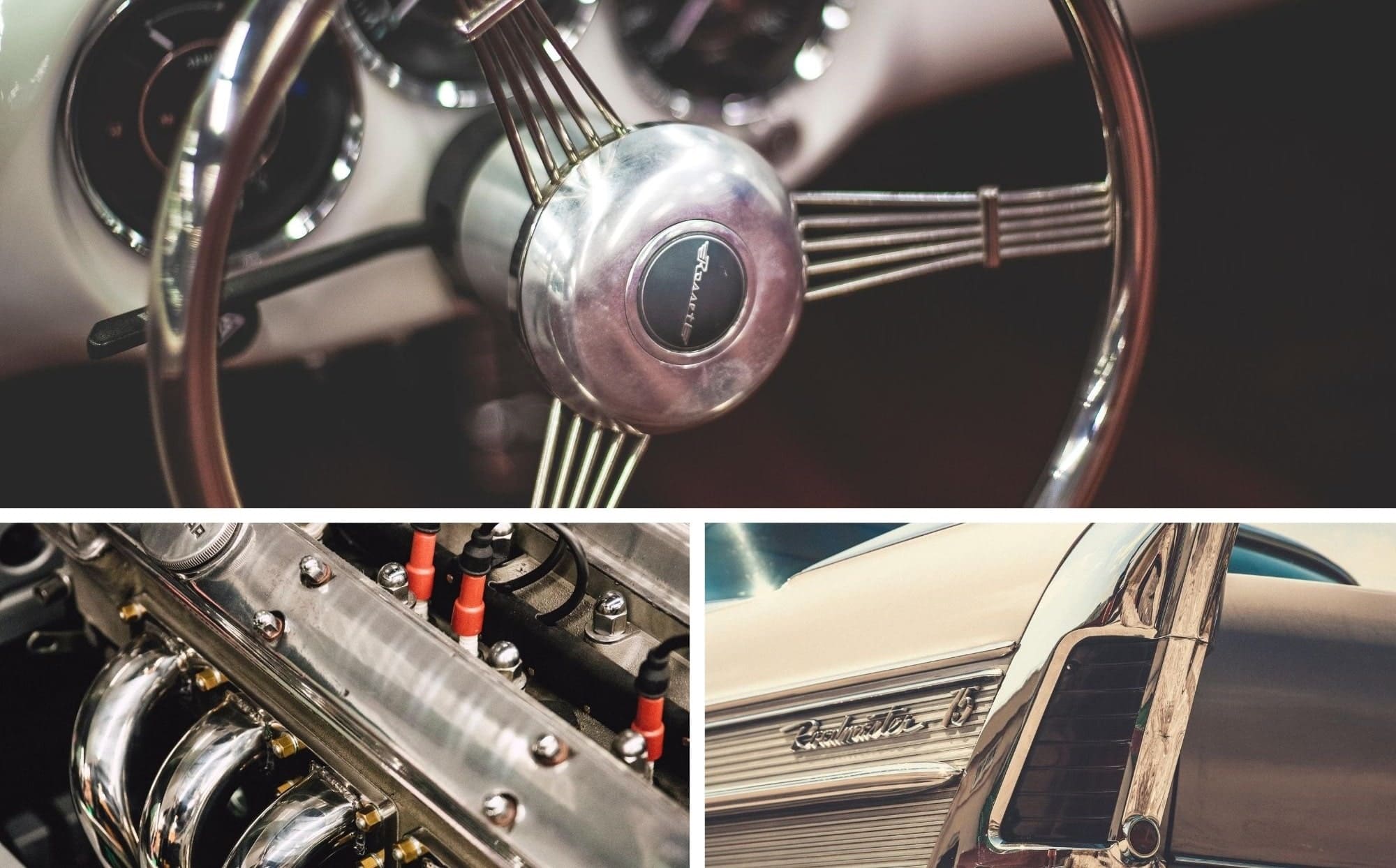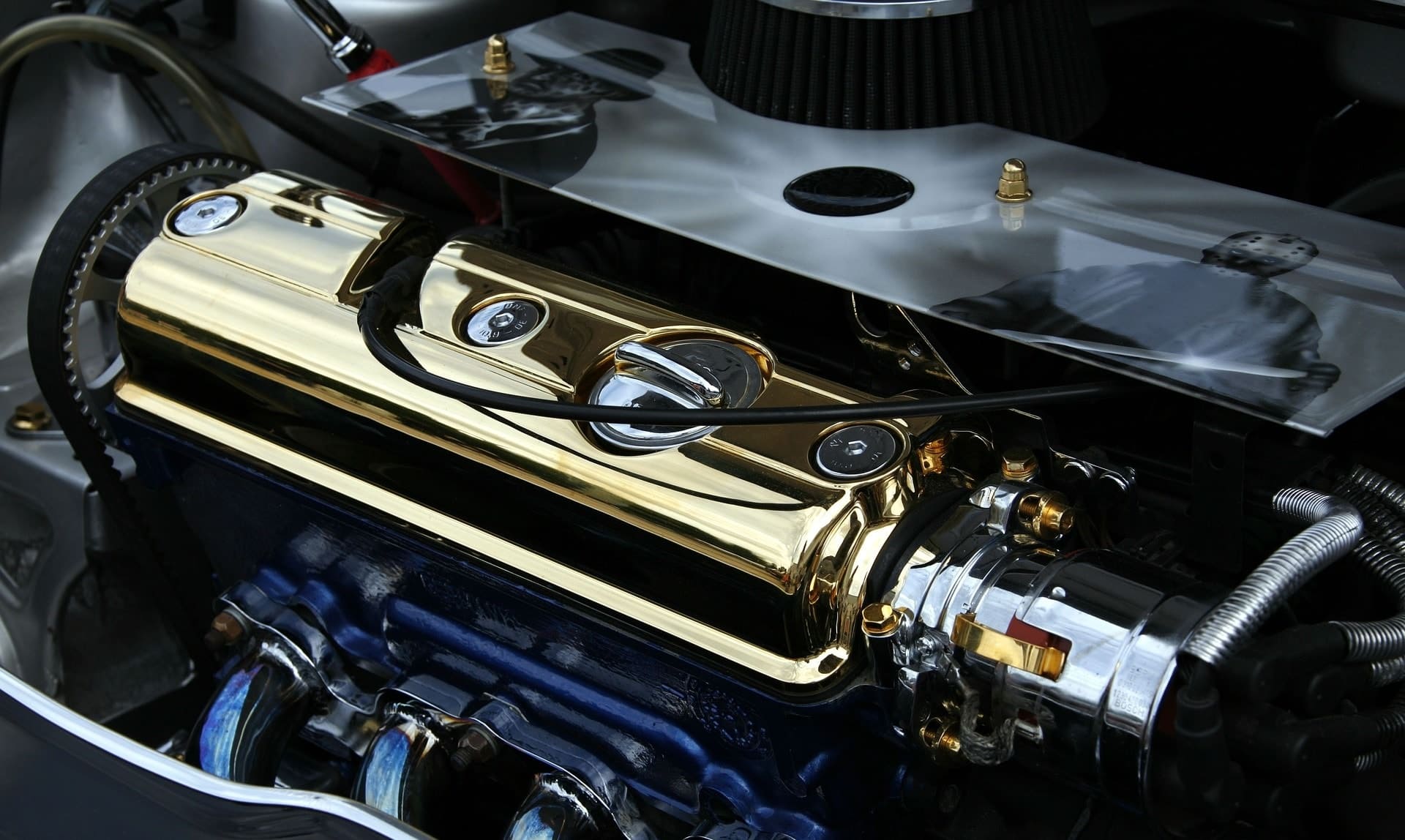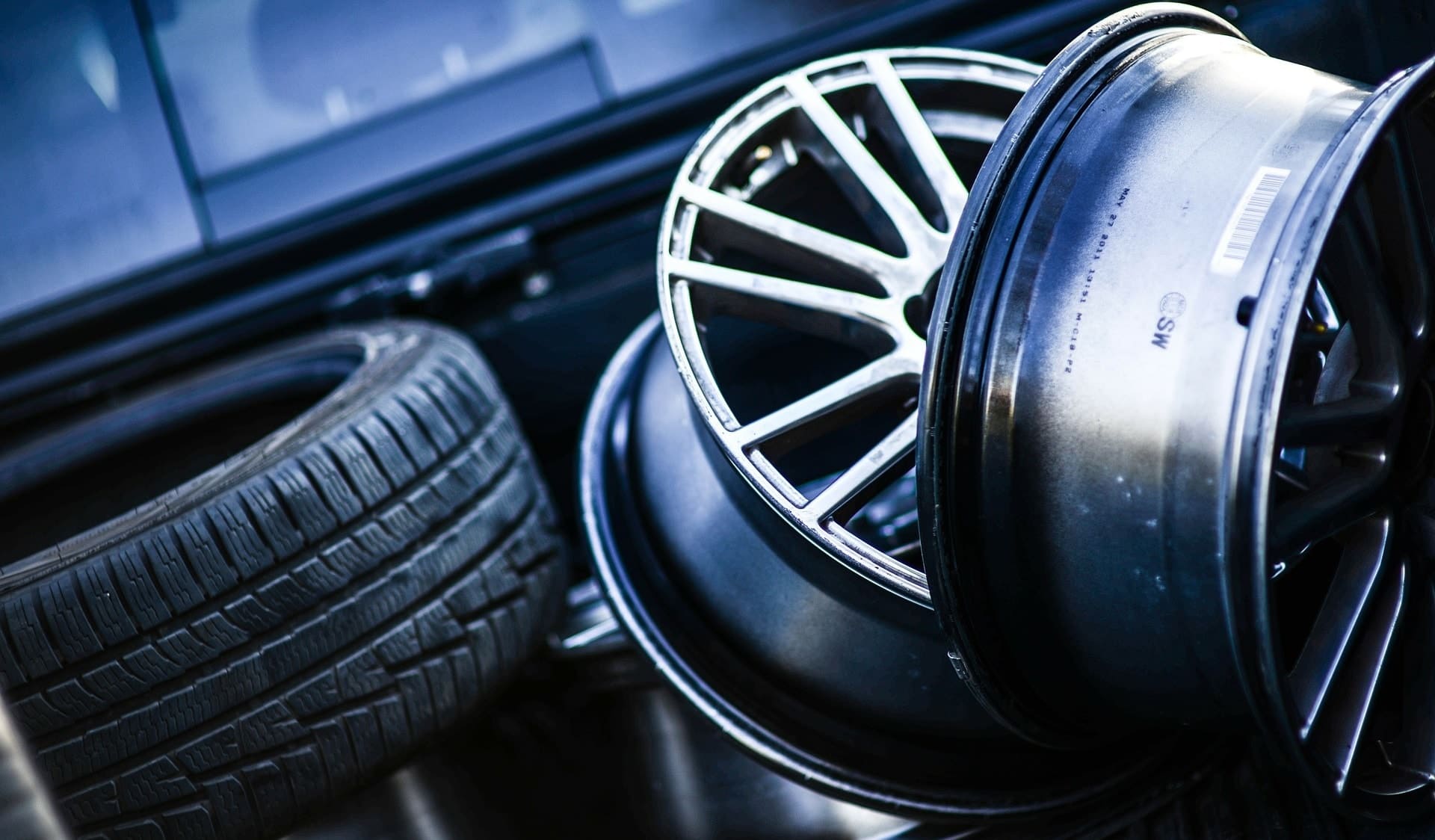Streamlined car bodies
Cars are becoming increasingly complex and streamlined in shape. Modern aesthetics require steel that can be ergonomically shaped through stamping, meaning high formability. Thin metal with a certain ratio of ductile and solid constituents can be used to manufacture a smooth-shaped complex car body, something that thick rolled products of regular steel grades cannot.
Protection of drivers and passengers
At the same time, automotive steel must be high-strength to ensure safety for drivers and passengers in all conditions. While car safety systems are continuously improving, vehicle bodies need characteristics that will minimise deformity in an accident.

Pedestrian safety
Another factor influencing technologies in the industry is pedestrian safety. Car body materials must incur minimal harm to pedestrians in an accident: to save lives, some components must collapse and others deform more.
Environmental friendliness
The use of high-strength rolled products in the industry is driven by environmental fuel emission requirements, which are becoming ever stricter. The heavier a car, the more fuel it needs for acceleration, meaning more emissions. Hence why manufacturers are working to make cars as lightweight as possible, which will not only decrease emissions but also increase safety, as well as reduce fuel consumption.
Evolution of automotive steel
Higher speeds, stricter environmental regulations and greater safety requirements are all factors driving the development of new materials in the automotive industry.
The idea of reducing car weight using new types of steel and different processing methods first appeared in the 1980s. Before then, around 90% of a steel car body was made of mild low-tensile steel grades.

The era of using mild steel grades in the industry ended with the implementation of Euronorms and construction of highways, which led to the development of new types of steel. High-strength carbon-manganese steel grades (CMn) and types that hardened during car paint coating (BH) started to appear.
The next stage of evolution was the development of advanced high-strength steel grades (HSS) under the aegis of the International Iron and Steel Institute and leading global steelmakers: ThyssenKrupp (Germany), SSAB (Sweden), US Steel (US) and JFE Steel (Japan).
Today, the world is moving towards less use of regular commercial steel grades for the benefit of thinner, stronger and more formable metal. Now, up to 30% of a car body consists of mild steel grades and the remainder of medium, high and ultra-high strength types, as well as aluminium and magnesium. Over the next 20 years, the aim is to reduce the proportion of mild steel grades used in the industry to 3%.
New technologies enable different components to be combined in steel: some make it stronger and others more ductile. Options that seemed impossible in the past are possible on an industrial scale today.

Steel versus composite materials
Few people take an interest in the kind of steel used to make their car, instead relying on the manufacturers, which presumably do not want to harm their reputation by using low-quality materials. And it is true that producing high-strength rolled products for cars is a high-tech and expensive affair. It can be afforded only by giants that invest in development and are in countries with developed domestic automotive markets, like those in the European Union, China, Japan and South Korea.
Companies like ThyssenKrupp, ArcelorMittal, Nippon Steel and SSAB are among the largest producers of steel for the automotive industry. To date, composite materials cannot completely replace steel because of their cost. Only in the sports cars segment are advanced materials competing with high-strength steel; for now, there is no cost-effective alternative in the mass market.
